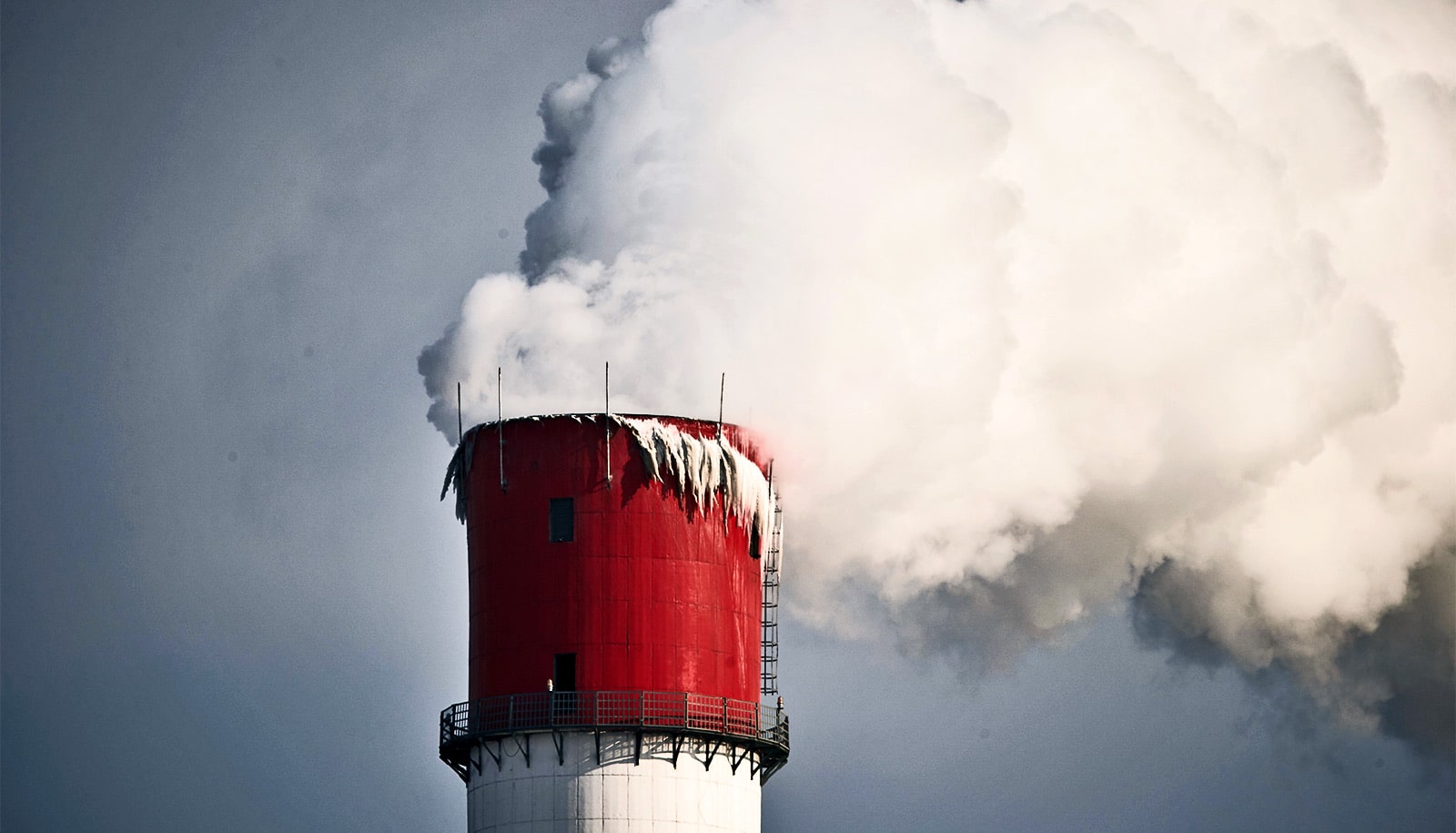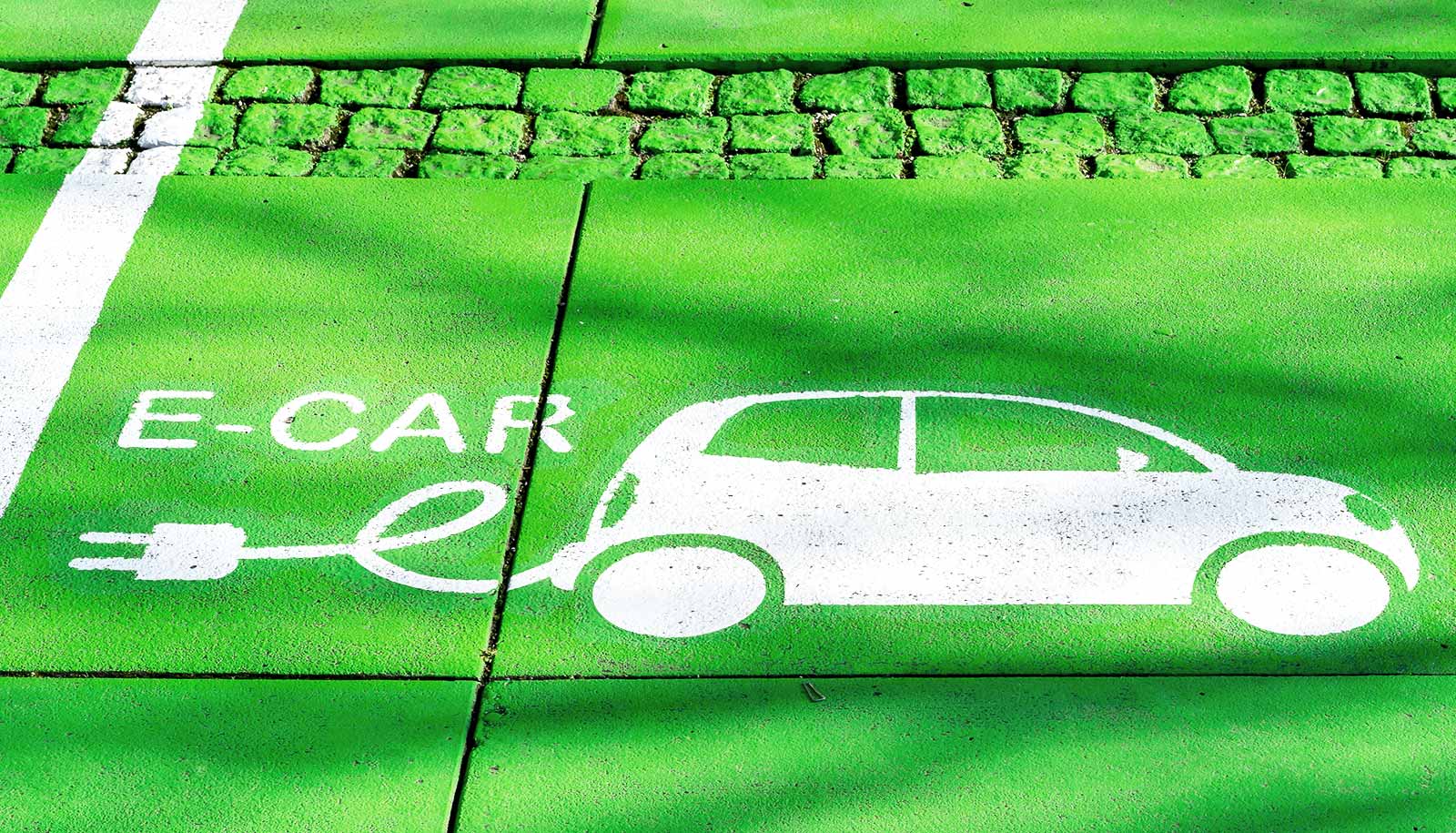Bamboo tissue paper may not be as eco-friendly as you think, according to new research.
In recent years, Chinese tissue paper made from bamboo has emerged as a trendy choice for eco-friendly shoppers.
However, the new research suggests these bamboo paper products may not offer significant climate benefits over tissue produced in the United States and, in some cases, may be more detrimental to the environment.
The findings are detailed in a new paper from North Carolina State University researchers, which compared the carbon footprint of bamboo tissue paper manufactured in China with that of conventional tissue paper manufactured in the US and Canada.
The researchers found that, while using bamboo biomass itself did not produce more greenhouse gases than traditional wood, the fossil fuel-heavy power grid in China led to significant increases in emissions compared with cleaner fuel sources used in North America.
“As far as emissions go, the technology used to create hygiene tissue paper is far more important than the type of fiber it’s made from,” says Naycari Forfora, lead author of the study and Ph.D candidate in the NC State College of Natural Resources. “Because the Chinese power grid is so reliant on coal for power, emissions throughout the entire tissue supply chain are higher than what we saw with the wood-based option.”
Ronalds Gonzalez, an associate professor at NC State University and coauthor of the paper, says that manufacturing tissue paper from bamboo is not meaningfully different from using other wood sources.
“Bamboo is a crop like any other, and it goes through the same production processes as Brazilian or Canadian wood,” Gonzalez says.
“Consumers often think of bamboo as a ‘tree-free’ option, but the trees used to make tissue are planted and harvested the same way that bamboo is. When you then factor in how coal-reliant the Chinese mills are, you start to see how emissions from this product are actually higher than others.”
The researchers found that Chinese bamboo tissue was responsible for nearly 2,400 kilograms of carbon dioxide equivalent per ton of tissue produced, compared to 1,824 kgCO2eq/ton for wood-based US tissue. Chinese bamboo also underperformed in several environmental categories, including smog formation, respiratory effects and ecotoxicity. Of note, these differences largely disappeared when bamboo production occurred in areas with clean electrical grids, reinforcing the finding that technological improvements are significantly more impactful than a change in fiber type when developing decarbonization strategies.
The paper appears in Cleaner Environmental Systems.
Source: North Carolina State University



